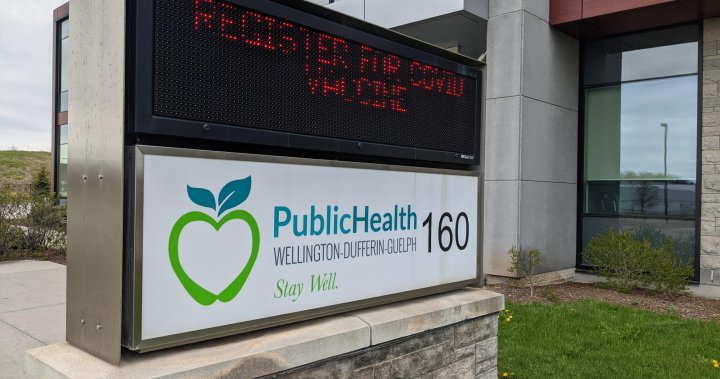Wellington-Dufferin-Guelph on High Alert: Surge in Substance-Related Poisonings and a Fentanyl Warning
Wellington-Dufferin-Guelph Public Health (WDGPH) has issued an urgent health alert following a concerning surge in substance-related poisonings within the city. Over a five-day period, at least twelve individuals experienced poisoning, tragically resulting in one fatality. The health authority strongly suspects that a particularly potent strain of light blue fentanyl is contributing to these incidents, causing prolonged sedation and significantly increasing the risk of overdose.
This alarming situation underscores the critical importance of harm reduction strategies. WDGPH urges individuals who use substances never to use alone. If using alone is unavoidable, the health unit recommends drastically reducing the dose – to just one-third of the usual amount – to minimize the risk of overdose. Carrying naloxone, a medication that can reverse opioid overdoses, is also strongly advised.
Access to supervised consumption services (SCS) also play a vital role in harm reduction. The Guelph Community Health Centre (GCHC) operates a consumption and treatment site (CTS) on Wyndham Street, providing a safe environment for individuals to use substances under the supervision of trained professionals. This service helps prevent overdoses and offers immediate medical intervention if needed. While such services are crucial, the WDGPH alert highlights the need for continued vigilance even when using within supervised settings.
Drug checking services are another essential tool in harm reduction. WDGPH encourages individuals to utilize the GCHC’s Scatr machine or obtain drug checking kits from the Sanguen Community Health Van. These services allow users to determine the composition of their substances, identify the presence of particularly dangerous adulterants like the potent blue fentanyl, and make informed decisions about their use.
The cluster of poisonings and the identified presence of highly potent fentanyl serve as a stark reminder of the ongoing opioid crisis and the ever-present risks associated with substance use. The incident underscores the need for a multi-pronged approach combining harm reduction efforts, increased access to treatment and support services, and ongoing public health surveillance and communication.
The health alert from WDGPH is not simply a cautionary message; it is a call to action. Individuals, community organizations, and public health officials must work together to strengthen harm reduction initiatives, expand access to treatment and recovery services, and ultimately, prevent future tragedies. The current situation in Guelph highlights the precarious balance between individual choice and public health, emphasizing the need for a compassionate, evidence-based approach to addressing the complexities of substance use. Continued vigilance and collaborative efforts are essential to mitigating the risks and protecting the health and well-being of the community.

